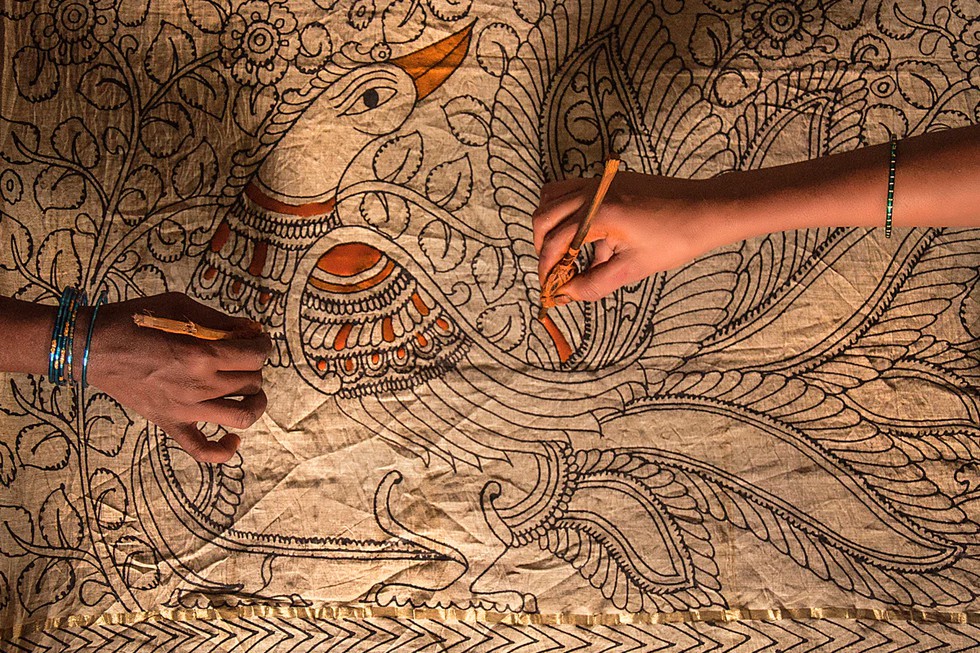
About Kalamkari:
The water level at the Krishnaraja Sa...
The Indo-Russian Rifles Private Limit...
India recorded its highest-ever growt...
The Union Minister for Coal and Mines...
A lone female Gharial has been spotte...
Every year earth reaches its aphelion...
Japan issued its first new banknotes ...
Recently, scientists found a rare vam...
NITI Aayog's Women Entrepreneurship p...
Kalamkari art form which was once-flo...